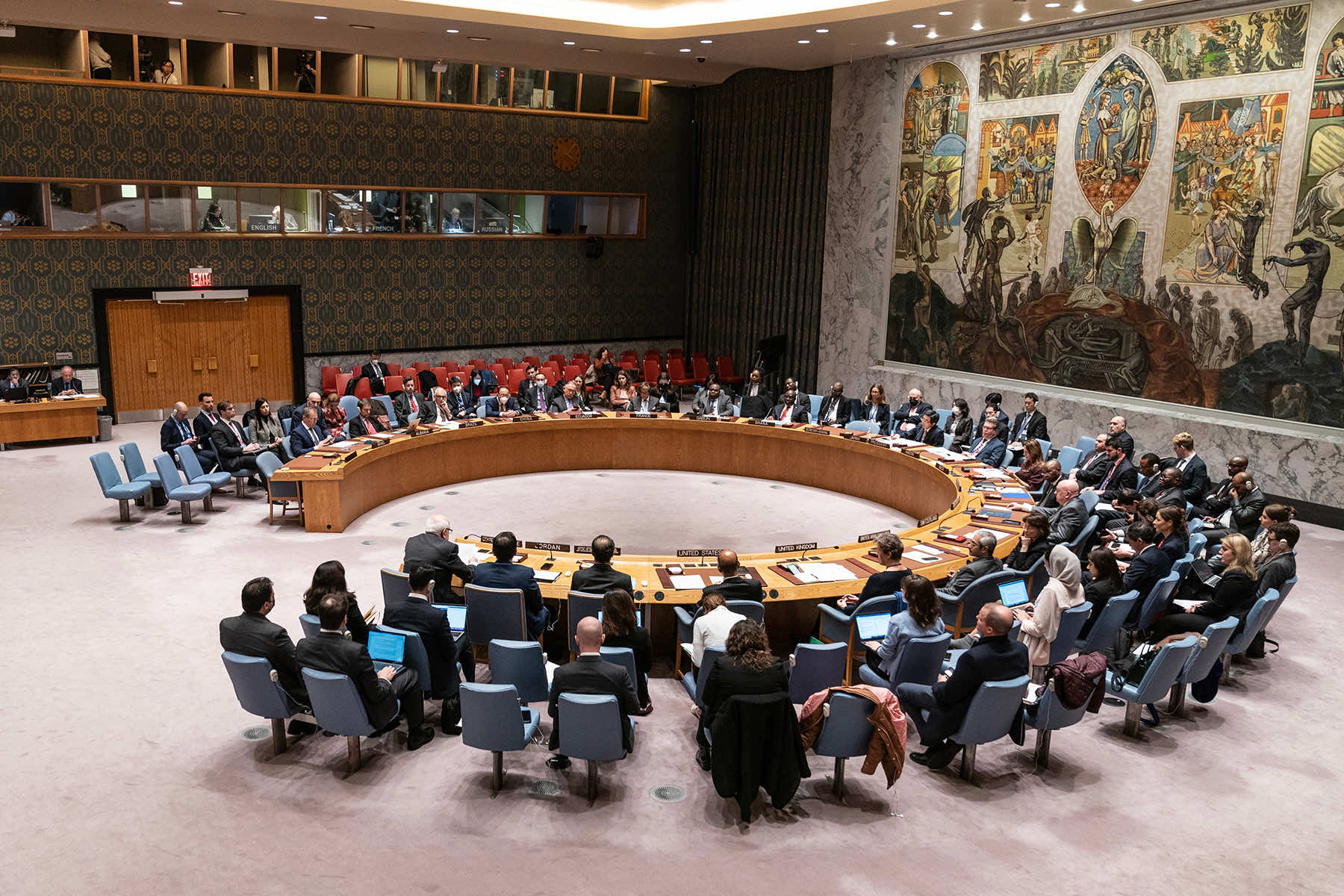
The United States spearheaded the first United Nations resolution on artificial intelligence, aimed at ensuring the new technology is “safe, secure and trustworthy” and that all countries, especially those in the developing world, have equal access.
The General Assembly resolution aimed to close the digital divide between countries and make sure they are all at the table in discussions on AI — and that they have the technology and capabilities to take advantage of its benefits, including detecting diseases, predicting floods, and training the next generation of workers.
The resolution recognized the rapid acceleration of AI development and use and stressed “the urgency of achieving global consensus on safe, secure, and trustworthy artificial intelligence systems.” It also recognized that “the governance of artificial intelligence systems is an evolving area” that needed further discussions on possible governance approaches.
U.S. National Security Advisor Jake Sullivan said the United States turned to the General Assembly “to have a truly global conversation on how to manage the implications of the fast-advancing technology of AI.”
The resolution represents “global support for a baseline set of principles for the development and use of AI and would lay out a path to leverage AI systems for good while managing the risks,” he said in a statement.
Sullivan said the resolution would be “a historic step forward in fostering safe, secure, and trustworthy AI worldwide.”
The United States began negotiating with the 193 U.N. member nations about three months ago, spent hundreds of hours in direct talks with individual countries, 42 hours in negotiations and accepted input from 120 nations, a senior U.S. official said. The resolution achieved consensus support from all member states and was formally considered.
Unlike Security Council resolutions, General Assembly resolutions are not legally binding but they are an important barometer of world opinion.
A key goal was to use AI to help spur progress toward achieving the U.N.’s badly lagging development goals for 2030, including ending global hunger and poverty, improving health worldwide, ensuring quality secondary education for all children, and achieving gender equality.
The resolution encouraged all countries, regional and international organizations, technical communities, civil society, the media, academia, research institutions and individuals “to develop and support regulatory and governance approaches and frameworks” for safe AI systems.
Lawmakers in the European Union gave final approval to the world’s first comprehensive AI rules in March. Countries around the world, including the U.S. and China, or global groupings like the Group of 20 industrialized nations also are moving to draw up AI regulations.
The U.S. draft called on the 193 U.N. member states and others to assist developing countries to access the benefits of digital transformation and safe AI systems. It emphasized “that human rights and fundamental freedoms must be respected, protected, and promoted throughout the life cycle of artificial intelligence systems.”
U.S. Ambassador Linda Thomas-Greenfield recalled President Joe Biden’s address to the General Assembly last year where he said emerging technologies, including AI, hold enormous potential.
She said the resolution aimed “to build international consensus on a shared approach to the design, development, deployment, and use of AI systems,” particularly to support the 2030 U.N. goals.














